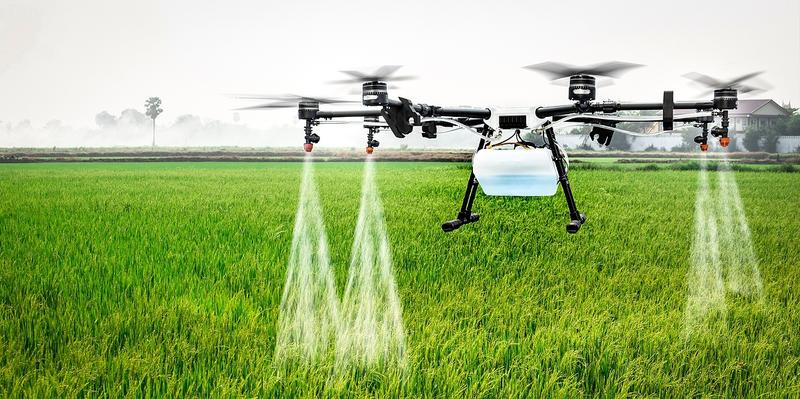



Article by: Hari Yellina (Orchard Tech)
It cannot be denied that the agricultural industry has completely transformed itself in the past 50 years. Not only has the machinery expanded its scale, productivity, speed, the productivity of the farm equipment has also grown by leaps and bounds. Hence, the cultivation of the land has been much more efficient. Additionally, seed irrigation and fertilizers have also improved and thus farmers are receiving an increase in yields. Nevertheless, agriculture is all set to undergo another revolution. However, this time this revolution will be based on technological advances rather than manual improvements. Now, advancement lies in data and connectivity. Artificial intelligence, analytics, connected sensors, and other emerging technologies could further increase yields, improve the efficiency of water and other inputs, and build sustainability and resilience across crop cultivation and animal husbandry.
Nevertheless, without proper infrastructure, this improvement will not be possible. If connectivity is implemented successfully in agriculture, the industry could tack on $500 billion in additional value to the global gross domestic product by 2030, according to our research. Simultaneously, demand for food is growing exponentially and the current farming outputs are not able to match the demand. In addition, there are increasing environmental pressures, such as climate change and the economic impact of catastrophic weather events, and social pressures, including the push for more ethical and sustainable farm practices, such as higher standards for farm-animal welfare and reduced use of chemicals and water.
To address these forces poised to further roil the industry, agriculture must embrace a digital transformation enabled by connectivity. Yet agriculture remains less digitized compared with many other industries globally. Past advances were mostly mechanical, in the form of more powerful and efficient machinery, and genetic, in the form of more productive seed and fertilizers. Now, much more sophisticated, digital tools are needed to deliver the next productivity leap. Some already exist to help farmers more efficiently and sustainably use resources, while more advanced ones are in development. These new technologies can upgrade decision making, allowing better risk and variability management to optimize yields and improve economics.
Connectivity offers a variety of ways to improve the observation and care of crops. Integrating weather data, irrigation, nutrient, and other systems could improve resource use and boost yields by more accurately identifying and predicting deficiencies. For instance, sensors deployed to monitor soil conditions could communicate via LPWAN, directing sprinklers to adjust water and nutrient application. Sensors could also deliver imagery from remote corners of fields to assist farmers in making more informed and timely decisions and getting early warnings of problems like disease or pests.
Preventing disease outbreaks and spotting animals in distress is critical in large-scale livestock management, where most animals are raised in close quarters on a regimen that ensures they move easily through a highly automated processing system. Chips and body sensors that measure temperature, pulse, and blood pressure, among other indicators, could detect illnesses early, preventing herd infection and improving food quality. Farmers are already using ear-tag technology to monitor cows’ heat, health, and location, or technology from companies such as Allflex to implement comprehensive electronic tracing in case of disease outbreaks.
Agriculture has been using drones for some two decades, with farmers around the world relying on pioneers’ remote-controlled helicopters to help with crop spraying. Now the next generation of drones is starting to impact the sector, with the ability to survey crops and herds over vast areas quickly and efficiently or as a relay system for ferrying real-time data to other connected equipment and installations. Drones also could use computer vision to analyze field conditions and deliver precise interventions like fertilizers, nutrients, and pesticides where crops most need them. Or they could plant a seed in remote locations, lowering equipment and workforce costs. By reducing costs and improving yields, the use of drones could generate between $85 billion and $115 billion in value.